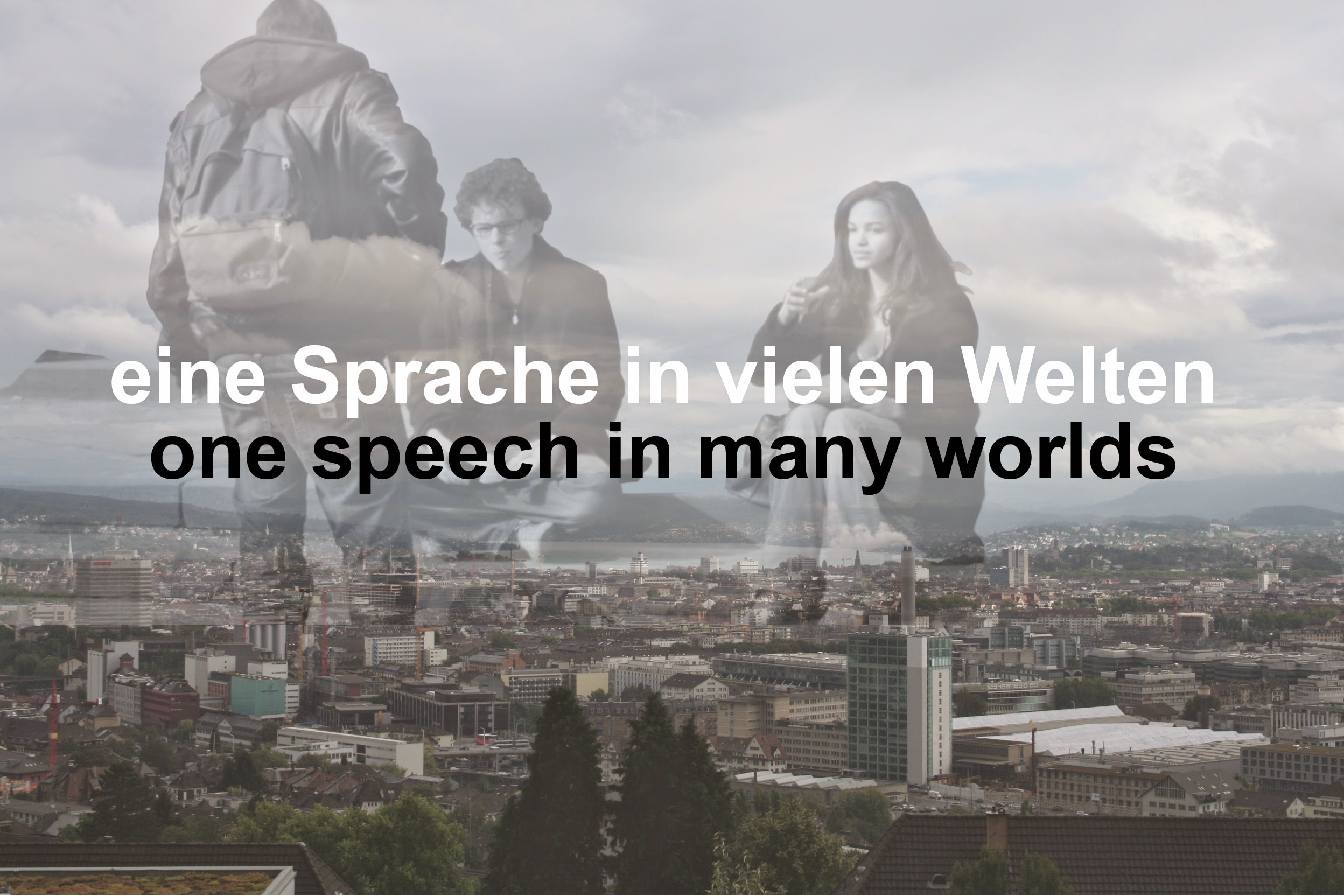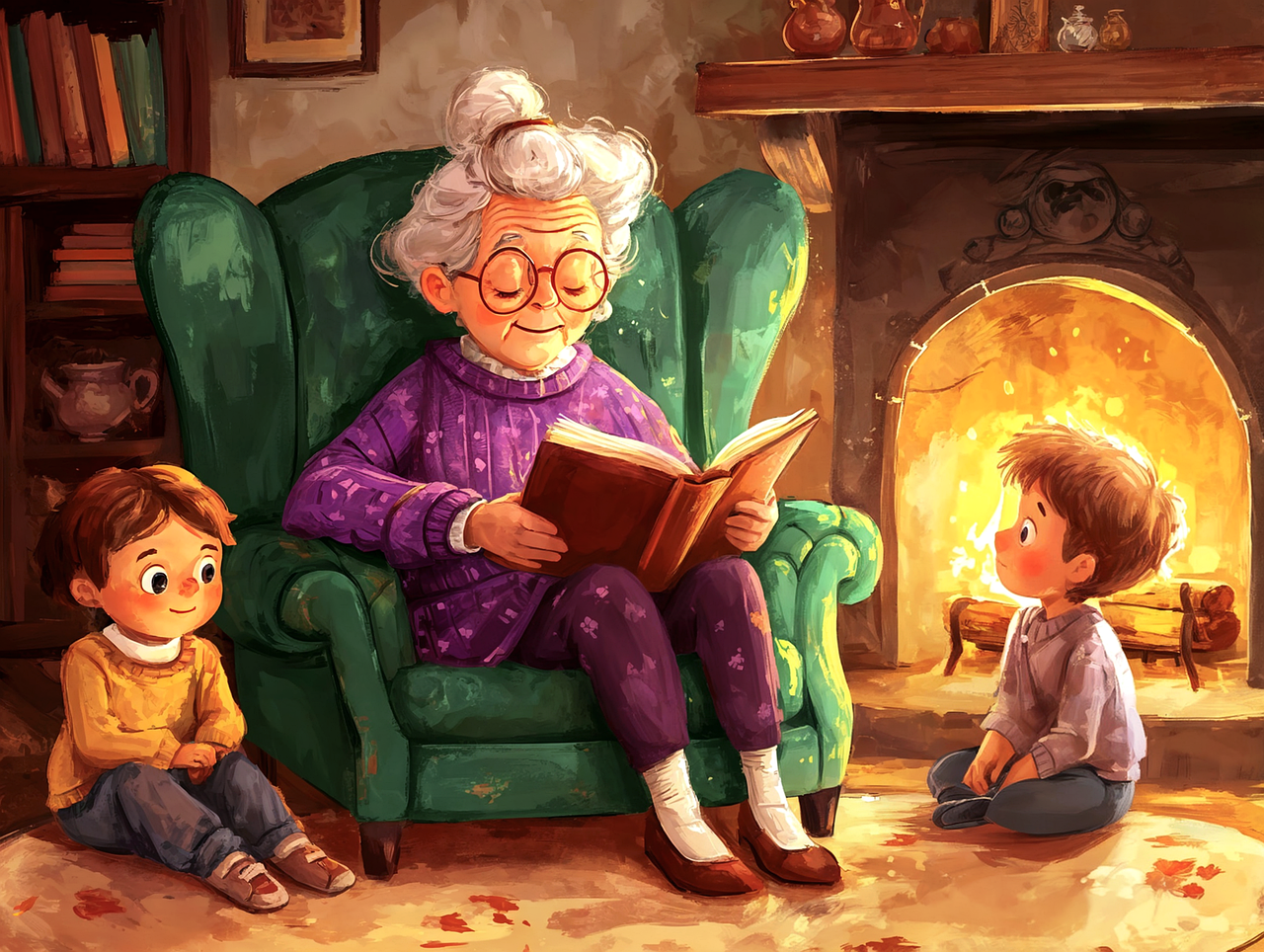Do we grasp stories better with pictures or text? And what role do education level and age play in this? In a new study, a team of researchers from Tübingen and Berlin shows that visual narratives are better understood than text-based narratives across all age and education groups. This could play a decisive role for people with low reading and language skills in particular.
Tübingen/Germany, March 12, 2025. Storytelling is a universal form of knowledge transfer. Those who understand stories can orientate themselves in society, participate in political processes or further their education. However, not all people grasp stories equally well. The recently published study by the Leibniz-Institut für Wissensmedien (IWM) in Tübingen, which was carried out in collaboration with the Leibniz Centre for General Linguistics (ZAS) in Berlin, shows that the level of education is the most important factor, whereas, surprisingly, age does not play a role. Regardless of this, people find it easier to understand stories when they are told in pictures.
Visual narrative forms have great potential
‘Our results underline that visual narrative forms have great potential to reduce barriers to understanding,’ explains the head of the study, Prof Dr Markus Huff from the Leibniz-Institut für Wissensmedien in Tübingen. ‘They could be an important addition or alternative to traditional text formats, especially for people with lower reading or language skills.’
The researchers conducted an internet experiment with around 1,500 adults with different levels of education to investigate how well they understand different narrative forms – texts and picture stories.
They used material from the ‘Multilingual Assessment Instrument for Narratives (MAIN)’, a theory-based experimental method developed under the direction of Prof Dr Natalia Gagarina, Head of Research at ZAS – originally to test the narrative skills of children.
‘The study also clearly showed that A higher level of education is associated with a better understanding of narratives, both text-based and image-based stories,’ explains Huff, a psychologist from Tübingen. Contrary to expectations, however, this ability does not decrease with age. ‘We were also able to show that older participants performed just as well as younger ones,’ emphasises Huff. Age-related losses in memory processes are presumably compensated for by greater experiential knowledge in old age.
More participation through improved
The third key finding was that picture stories were better understood by all participants than texts alone. This finding is particularly important for education and information. Whether at school, in adult education or in public campaigns – visual narrative forms can help to make content more accessible for everyone. ‘We know from language acquisition research that good storytelling skills at preschool and primary school age are an important basis for successful educational progress,’ reports Prof Natalia Gagarina and also emphasises: ’Visual information can possibly compensate somewhat for disadvantages in text comprehension in adults.’
Link to the study: (https://www.sciencedirect.com/science/article/pii/S095947522500026X?via%3Dihub)
The Leibniz-Institut für Wissensmedien (IWM) in Tübingen researches how digital media influence knowledge and communication processes. In addition to institutional learning environments such as schools and universities, the basic and application-orientated research also focuses on informal learning on the internet, at work or in museums. Scientists from various disciplines work together at the IWM, primarily from the fields of psychology, communication science, neuroscience and computer science. Founded in 2001, the non-university research institute is a member of the Leibniz Association. More information can be found at (www.iwm-tuebingen.de)
The Leibniz Centre for General Linguistics (ZAS)
The ZAS is a non-university research institute of the State of Berlin. The Centre’s task is to research human language ability in general and its development in individual languages. The aim is to gain a better understanding of this central human ability and its biological, cognitive and social factors.
Further information:
(https://main.leibniz-zas.de/)
(https://www.sciencedirect.com/science/article/pii/S095947522500026X?via%3Dihub)
ImageSource
ai-generated_Stephane Pixabay


